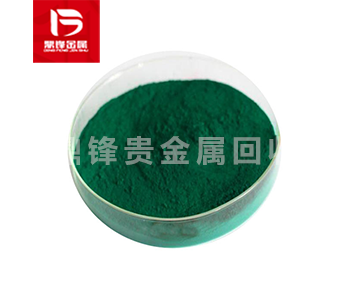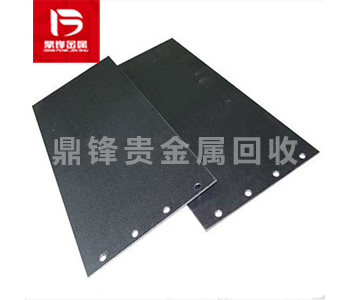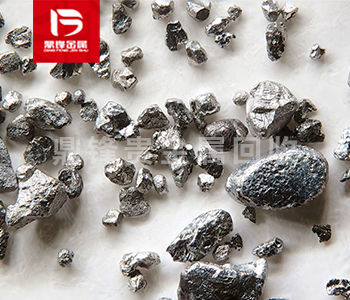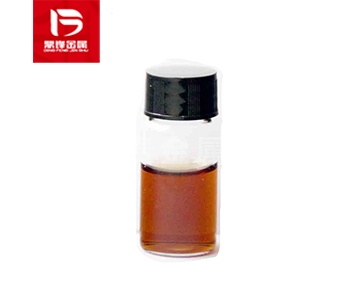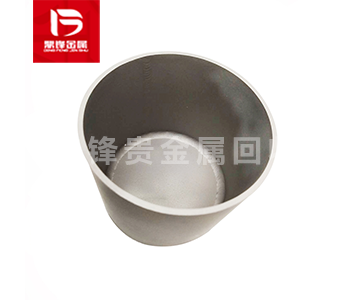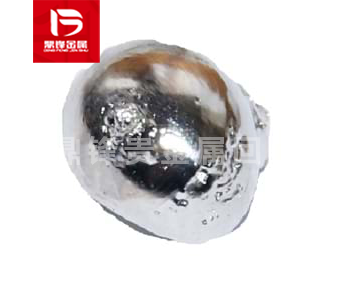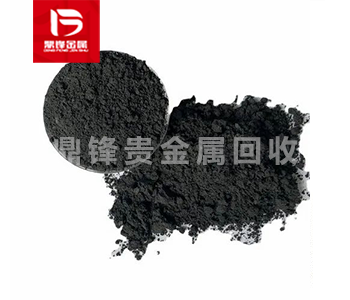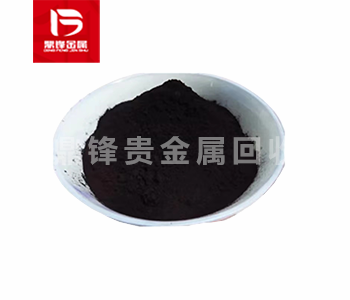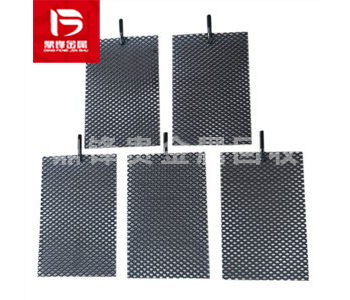Chloroiridic Acid Recycling A Comprehensive Guide to Precious Metal Recovery
The term “chloroiridic acid” may not be familiar to everyone in the world of precious metals and industrial chemistry, but its importance in the recovery and refining of rare and precious metals cannot be overstated. Chloroiridic acid, also known as chloroiridic acid or HClO4·H2O·IrO3·nH2O, is a compound that plays a key role in the extraction and recovery of iridium and other related metals. This article takes an in-depth look at the complexities of chloroiridic acid recovery, its importance, and its applications in modern industrial settings.
What is Chloroiridic Acid?
Chloroiridic acid is a hydrated chloro-iridium compound that is typically formed during the dissolution and leaching processes of iridium-bearing ores or residues. It is a key intermediate in the refining of iridium, a rare and valuable metal used in a variety of high-tech applications, including electronics, jewelry, and industrial catalysts.
The chemical formula of chloroiridic acid can vary depending on its state and purity, but it generally consists of iridium oxide (IrO3) combined with hydrochloric acid (HClO4)and water. This compound is highly soluble in water and can be processed further to recover pure iridium and other associated metals.
The Importance of Chloroiridic Acid Recycling
Recycling chloroiridic acid is a critical step in the sustainable and efficient recovery of iridium and other precious
metals. With the increasing demand for rare metals in varius industries, the need for effective recycling methods has never been greater. Here are some of the key reasons why chloroiridic acid recycling is so important:
Resource Conservation: Iridium is a rare and expensive metal, and its extraction from primary ores is a complex and costly process. Recycling chloroiridic acid allows us to recover and reuse iridium from industrial residues, reducing the need for mining and processing of new ores.
Cost Efficiency: Recycling chloroiridic acid can significantly reduce the cost of obtaining iridium and other precious metals. By reprocessing industrial waste and by-products, companies can save on raw material costs and improve their bottom line.
Environmental Protection: The mining and processing of iridium-bearing ores can have significant environmental impacts, including habitat destruction, water pollution, and greenhouse gas emissions. Recycling chloroiridic acid helps to minimize these impacts by reducing the demand for new ore extraction and processing.
Technological Advancements: The recycling of chloroiridic acid also drives innovation in metallurgical processes and chemical engineering. As industries seek more efficient and sustainable methods of recovering precious metals, new technologies and techniques are developed, leading to improved processes and better outcomes.
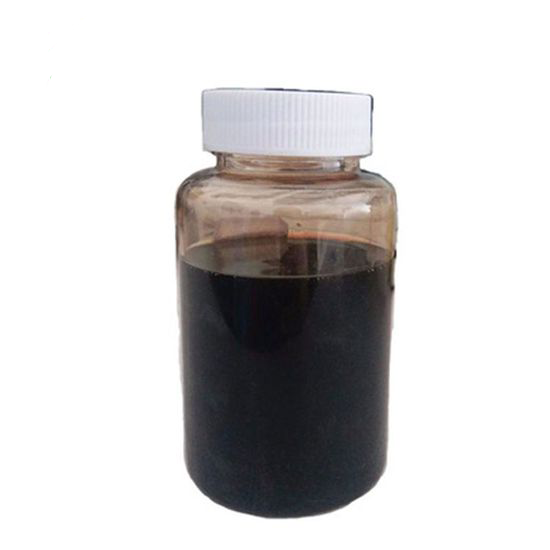
The Process of Chloroiridic Acid Recycling
The recycling of chloroiridic acid involves a series of steps that are designed to recover pure iridium and other associated metals from the compound. These steps typically include:
Dissolution and Leaching: The first step in chloroiridic acid recycling is the dissolution of the compound in hydrochloric acid. This step is critical as it allows for the separation of iridium from other metals and impurities.
Oxidation: The dissolved chloroiridic acid is then subjected to oxidation, which converts the iridium into a more stable and recoverable form. This step is essential for ensuring that the iridium can be effectively separated from other metals.
Precipitation: After oxidation, the iridium is precipitated out of the solution using a variety of methods, including the addition of a precipitating agent or the use of ion exchange resins. This step allows for the recovery of pure iridium in a solid form.
Filtration and Drying: The precipitated iridium is then filtered and dried to remove any residual moisture and impurities. This step ensures that the recovered iridium is of high purity and ready for further processing or reuse.
Recovery of Associated Metals: In addition to iridium, chloroiridic acid may also contain other precious metals, such as platinum, palladium, and rhodium. These metals can be recovered through additional steps, including further leaching, precipitation, and refining.
Applications of Chloroiridic Acid Recovery
Chloroiridic acid recovery has a wide range of applications across industries, including:
Electronics: Iridium is used in a variety of electronic devices, including smartphones, computers, and other high-tech devices. Recycling chloroiridic acid can recover iridium from electronic waste, thereby reducing the need for new metal extraction.
Jewelry: Iridium is also used in the production of fine jewelry, particularly in the manufacture of platinum alloys. Recycling chloroiridic acid helps recover and reuse iridium in the jewelry industry, thereby reducing the need for new metal extraction.
Catalysts: Iridium-based catalysts are used in a variety of industrial processes, including the production of pharmaceuticals, chemicals, and petrochemicals. Recycling chloroiridic acid can recover iridium from catalyst residues, thereby reusing it in new catalysts.
Automotive Industry: Iridium is used in the production of spark plugs and other automotive parts. Recycling chloroiridic acid helps recover and reuse iridium from automotive scrap, thereby reducing the need for new metal extraction.
Challenges in Chloroiridic Acid Recycling
While chloroiridic acid recycling offers numerous benefits, there are also several challenges that must be addressed. These include:
Complexity of the Process: The recycling of chloroiridic acid requires a series of complex chemical and metallurgical steps, which can be difficult to execute effectively. This complexity can lead to higher costs and lower efficiency if not properly managed.
Regulatory Compliance: The recycling of chloroiridic acid is subject to a variety of environmental and safety regulations, which can add to the complexity and cost of the process. Companies must ensure that they comply with all relevant regulations to avoid legal and financial penalties.
Technological Limitations: Despite the potential benefits of chloroiridic acid recycling, there are still limitations in the technologies available for large-scale recycling. These limitations can hinder the widespread adoption of recycling processes and limit the overall impact of recycling efforts.
Cost Considerations: While recycling can save costs in the long run, the initial investment in recycling infrastructure and technology can be significant. Companies must carefully evaluate the costs and benefits of recycling to ensure that it is a viable option for their operations.
The Future of Chloroiridic Acid Recycling
Despite the challenges, the future of chloroiridic acid recycling looks promising. As industries continue to seek more sustainable and cost-effective methods of obtaining precious metals, the demand for efficient and innovative recycling processes is likely to grow. Advances in chemical engineering and metallurgical technologies are expected to play a key role in overcoming the current limitations of chloroiridic acid recycling, making the process more efficient, cost-effective, and environmentally friendly.
In addition, the increasing awareness of the environmental and economic benefits of recycling is likely to drive greater interest in chloroiridic acid recycling. As more companies and governments recognize the importance of sustainable resource management, the demand for recycled metals, including iridium, is expected to rise.
Chloroiridic acid recycling is a vital process in the sustainable recovery of iridium and other precious metals. By conserving resources, reducing costs, and minimizing environmental impacts, this process plays a key role in supporting the needs of various industries while promoting sustainable development. As technology continues to advance and awareness of the benefits of recycling grows, chloroiridic acid recycling is likely to become an even more important part of the global metals industry.



